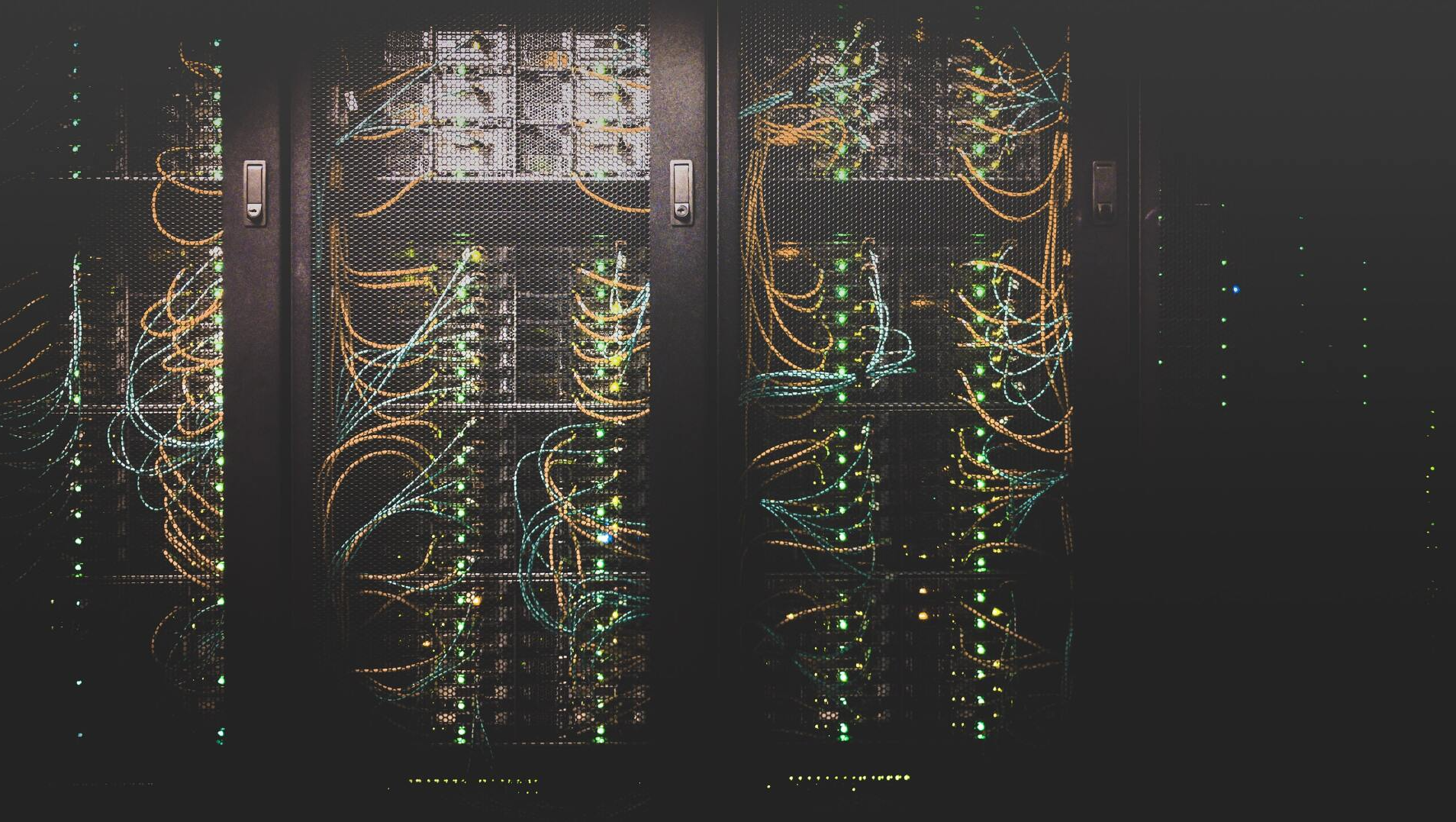What Is Malware?
Malware, sometimes known as “malicious software,” is a catch-all word for any malicious program or code that is destructive to computers.
Malware is hostile, intrusive, and purposefully malicious software that aims to infiltrate, damage, or disable computers, computer systems, networks, tablets, and mobile devices by gaining partial control over their activities. It interferes with regular functioning in the same way that the human flu does.
Malware has a variety of motivations. Malware can be designed to make money from you, sabotage your capacity to complete tasks, make a political statement, or simply get bragging rights. Malware can steal, encrypt, or delete your data, alter or hijack fundamental computer functionality, and spy on your computer activity without your knowledge or consent.
What are some of the things that malware can do to your computer?
- Allow an attacker to use an infected machine via remote control.
- Send spam to unsuspecting targets from the infected system.
- Examine the local network of the affected user.
- Steal confidential information.
If you want to battle malware, you have to understand all the different types.

Here are some of the malware variations that currently exist:
Botnets (short for “robot network”) are infected computer networks that a single attacker controls via command-and-control servers. Botnets are highly adaptable and diverse, with the ability to maintain resilience by using redundant servers and infected PCs to relay communications. Today’s distributed denial-of-service (DDoS) assaults are frequently carried out through botnets.
Cryptojacking is malicious crypto mining (the process of employing processing resources to validate transactions on a blockchain network in exchange for bitcoin) that occurs when fraudsters install malware on both commercial and personal computers, laptops, and mobile devices.
Malvertising is a combination of “malware” and “advertising,” and it refers to using web advertisements to propagate malware. It usually entails injecting malicious code or malware-infected adverts into legitimate internet ad networks and websites.
Polymorphic malware is any of the preceding varieties of malware that has the ability to “morph” on a regular basis, changing the appearance of the code while keeping the algorithm. Traditional virus signatures are thwarted by the software’s change of its surface appearance.
Ransomware is a criminal business model that involves holding valuable files, data, or information for ransom using malicious software. In the event of a ransomware attack, a victim’s operations may be badly harmed or completely shut down.
Remote Administration Tools (RATs) are pieces of software that allow a user to control a system from afar. These tools were designed for legitimate purposes, but threat actors are currently using them. RATs provide an attacker administrative control over a computer, allowing them to perform nearly anything on it. They’re hard to spot since they don’t show up in listings of running programs or tasks, and their behaviors are frequently confused with those of real programs.
Spyware gathers information about how the infected machine is used and sends it to the attacker. Botnets, adware, backdoor activity, keyloggers, data theft, and net-worms are all examples of this word.
Trojans are malware that is camouflaged as legal software. Malware Trojans will carry out whatever action they have been instructed to carry out once they have been triggered. Unlike viruses and worms, Trojans do not replicate or reproduce after being infected. The name “Trojan” refers to the Greek soldiers who were secreted inside a wooden horse and brought to the hostile city of Troy.
Virus Malware is a type of software that copies itself across a computer or network. Malware viruses attach themselves to existing programs and can only be triggered when the user opens them. Viruses can distort or remove data, propagate via email, or, in the worst-case scenario, obliterate everything on a hard disk.
Worm Malware is a self-replicating virus that uses security flaws to propagate through computers and networks. Malware worms, unlike viruses, do not connect to existing programs or change files. They usually go unnoticed until the replication scales to the point where it consumes a large amount of system resources or network traffic.
Top Malware Threats in 2021
Phishing Becomes More Advanced
Phishing attempts are growing more complex, in which precisely targeted digital communications are sent to trick individuals into clicking on a link that can then install malware or reveal personal data.
Hackers are upping the ante, for example, by using machine learning to craft and distribute convincing fake messages much more quickly. They do this hoping that recipients will unwittingly compromise their organization’s networks and systems now that most employees are more aware of the dangers of email phishing or clicking on suspicious-looking links. Hackers can steal user logins, credit card passwords, and other personal financial data and even obtain access to private databases using such assaults.
The Evolution of Ransomware Strategies
Every year, ransomware attacks are estimated to cost victims billions of dollars, as hackers use technology to essentially kidnap a person’s or organization’s databases and hold all of the data for ransom. The development of cryptocurrencies like Bitcoin, which allow ransom demands to be paid anonymously, is attributed with helping to fuel ransomware attacks.
As businesses focus on strengthening their defenses against ransomware attacks, some experts fear that hackers will increasingly target other potentially lucrative ransomware victims, such as high-net-worth individuals.
Cyber-Physical Attacks
Cyber-Physical Attacks are a type of cyber-attack.
The same technology that has made it possible to upgrade and computerize vital infrastructure also poses a threat. The persistent threat of cyber-attacks on electricity grids, transportation networks, and water treatment facilities, among other things, represents a significant vulnerability in the future. According to a recent investigation in The New York Times, even America’s multibillion-dollar military systems are vulnerable to high-tech sabotage.
Attacks Backed by Governments
Aside from hackers wanting to gain money by stealing personal and corporate data, entire nation-states are now utilizing their cyber capabilities to penetrate other governments and launch assaults on crucial infrastructure. Cybercrime is a huge threat today, not just to the business sector and people, but also to the government and the entire country. State-sponsored attacks are predicted to rise as we approach 2021, with strikes on key infrastructure being of particular concern.
Many of these attacks target government-run systems and infrastructure, but private companies are also vulnerable. “State-sponsored cyberattacks are an emerging and significant risk to private enterprise,” according to a report from Thomson Reuters Labs. “State-sponsored cyberattacks will increasingly challenge those sectors of the business world that provide convenient targets for settling geopolitical grievances.”

Attacks Against the Internet of Things
The Internet of Things (IoT) is growing increasingly common every day. Laptops and tablets, of course, are included, but so are routers, webcams, home appliances, smartwatches, medical gadgets, manufacturing equipment, autos, and even home security systems.
Consumers benefit from connected gadgets, and many organizations are increasingly using them to save money by collecting massive volumes of useful data and improving corporate operations. However, as more devices become connected, the potential of cyber-attacks and infections increases, making IoT networks increasingly vulnerable. IoT devices can be exploited to cause havoc, overload networks, or shut down crucial equipment for financial gain once they are in the hands of hackers.
Third-Party Entities (Vendors, Contractors, Partners)
Third-party personnel, such as suppliers and contractors, pose a significant danger to businesses, with the majority of them operating without a secure system or specialized team to manage them.
Organizations are becoming increasingly conscious of the potential threat posed by third parties as cybercriminals become more skilled, and cybersecurity threats continue to climb. However, the danger remains high; in 2021, US Customs and Border Protection was added to the list of high-profile victims.
How To Detect Malware
Even if you don’t know how the malware got into your device, the existence of malware can be apparent. Many consumers are unaware that malware has been introduced until their computers or devices begin to behave strangely.
Malware symptoms can be both visible and subtle. Knowing how to spot these potentially dangerous invasions can assist you in determining how to resolve the problem.
Even if you aren’t accessing the web, you may notice changes in the behavior of your computer or device, such as weird adverts or pop-up windows. You may also notice unwelcome changes in your browser’s functionality and homepage, as well as a slower overall computing experience and a sudden lack of storage space.
Ads that appear a few seconds after a webpage has finished loading should be avoided. These advertisements may contain offensive content. They may flash colors and be difficult to close while blocking the content you’re attempting to see.
How to Avoid Them
Strong, dependable antivirus and anti-malware software should be the first line of defense when it comes to computer security. It’s a good idea to do this on your home computer and any other devices you have. One of the finest things you can do to avoid malware attacks is to install protection software.
Make sure to run diagnostic scans with your antivirus or anti-malware software on a regular basis. It’s possible to program the program to run scans at predetermined intervals. To avoid disruptions, configure your settings to conduct a virus detection scan at least once a week, preferably at night when the computer is less likely to be in use.
Is there anything else you can do? Being aware of your online activities is a good idea. One of your first lines of defense against malware is personal education.
Always be aware of emails from unfamiliar sources, which are commonly referred to as phishing emails. Don’t click on embedded links, documents, or photographs if something looks suspicious or unusual to you.
Another suggestion is to use encryption to protect your personal information. That’s the process of scrambling the data you send and receive from your devices using a “secret code” so that it can’t be read by anyone who doesn’t have access to the code key.
You can also employ a firewall, either on the modem or on each computer, and make sure to use a unique, complex password for each of your internet accounts.
Maintain a proactive approach to cyber security and be cautious when using the internet. These are some of the most effective techniques to keep your devices safe from viruses.

What We Need to Know for 2022
The most serious malware dangers for the coming year are those we already know about and have discussed.
The only difference is that they will become even more prevalent in the coming year – and subsequent years – and will receive far more attention. There will undoubtedly be several headlines about malware affecting large corporations, banks, and industries.
It’ll all come down to ransomware, which you’ve probably heard about if you’ve been following the news over the last year and heard about hackers hacking into private databases, holding data hostage, and demanding payment.
Malware and ransomware make a lot of money for hackers. They do it by stealing your personal information and selling it to others.
Ransomware-as-a-Service is a well-established industry in which operators rent out or sell subscriptions to their malware creations to others for a fee, whether it’s a monthly fee or a percentage of any successful extortion payments.
Given the lucrative nature of RaaS and the difficulties of tracking down and arresting operators, many security analysts anticipate this business model will thrive in 2022.
The intensity and volume of ransomware assaults are expected to continue to rise. As a result, the ransomware-as-a-service sector is expected to flourish, allowing new kinds and methods to spread far more quickly than before. Whether it’s a tiny firm or a major corporation, a ransomware attack will try to break into the system and encrypt crucial data at some time.
The year ahead will be difficult for those attempting to stay safe on the internet and avoid malware. It is seemingly everywhere, and its threat is growing. However, it is possible to remain protected: you simply need to stay vigilant and educated.
Are you concerned about the cybersecurity of your company? Edge Networks can help! If you’d like to find out how your company is performing and isolate weaknesses in your cyber defenses, schedule a call with us or take our free, self-guided IT Security Risk Assessment .



